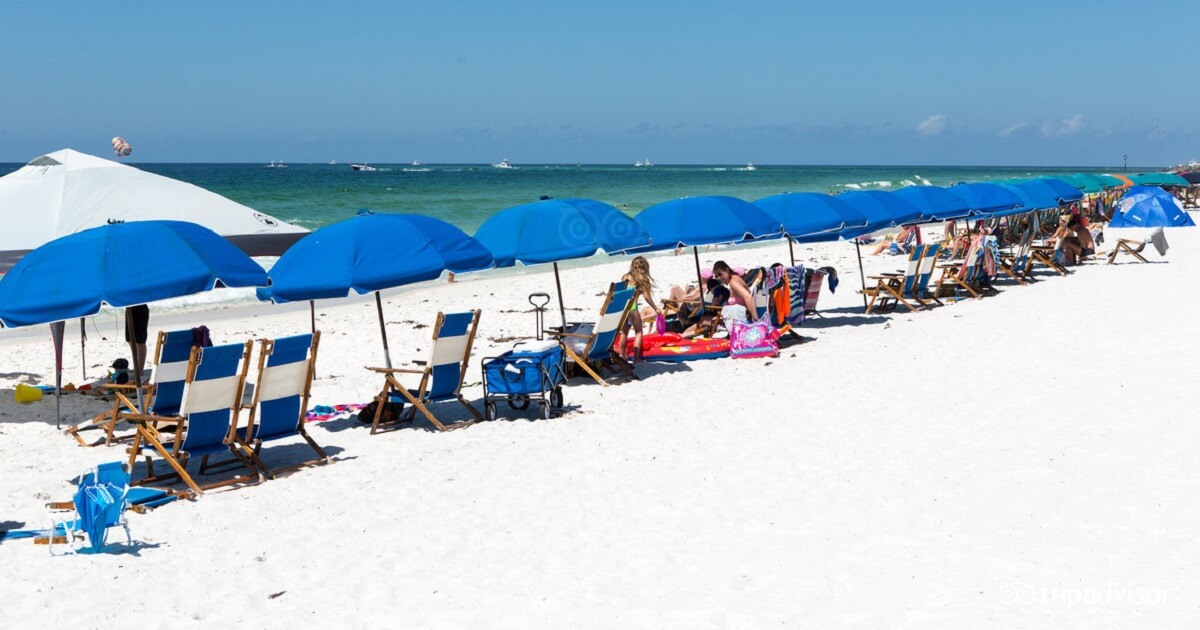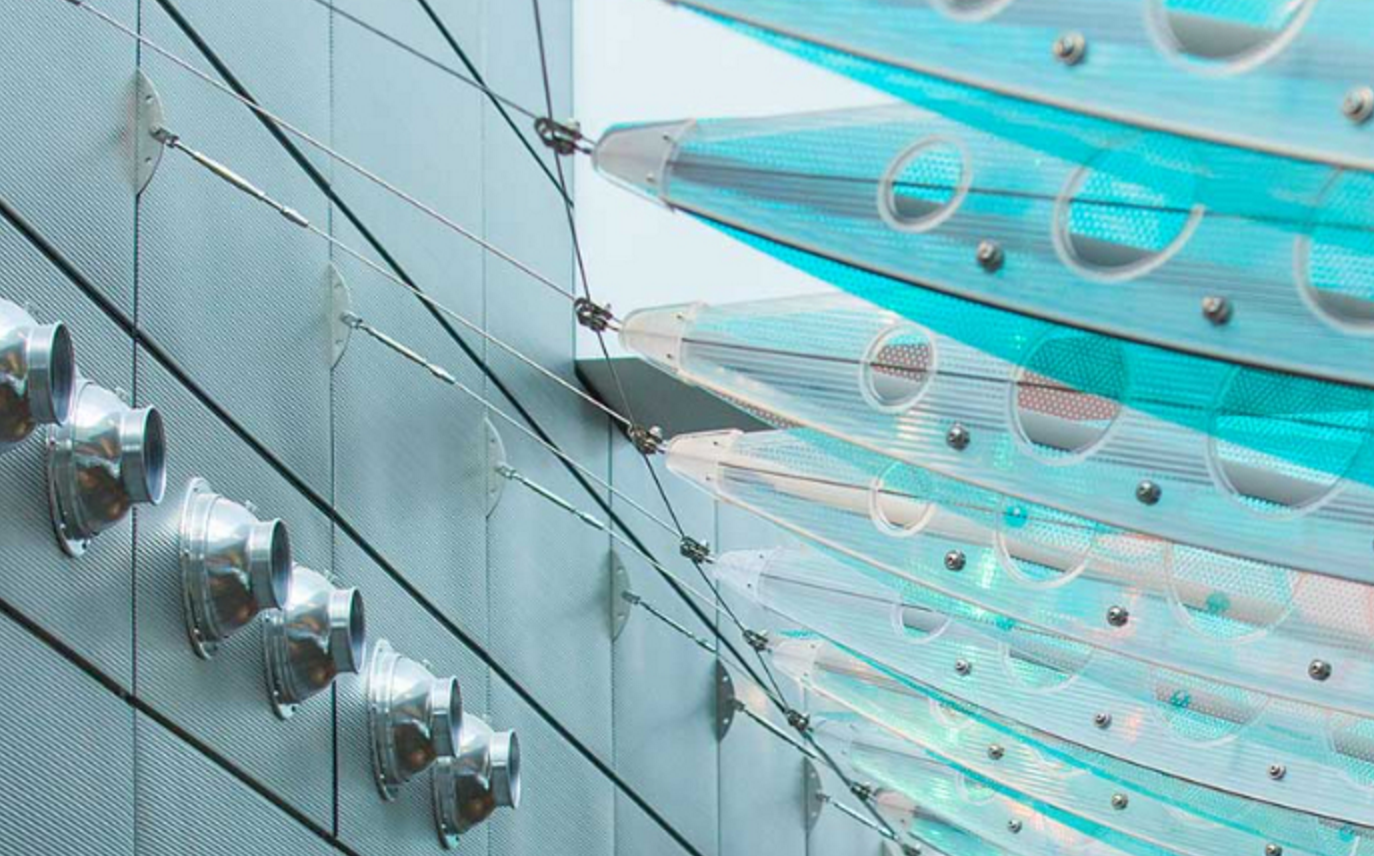Spring break and summer travel seasons are upon us and people are itching to travel again. As vaccinations are being administered and restrictions lifted, travel demand is increasing. Airlines have lowered airfares and eliminated change and cancelation fees to encourage travel. Passengers in the U.S. during the first seven days of March were at 50% of last year’s travelers. For comparison, in January, the U.S. volume was at 38% of 2020’s travelers. The leisure travel segment is rebounding more than the business travel segment.
The airlines are increasing capacity in our market to adjust for more summer travelers. However, these schedules can change from month to month as airlines monitor demand.
- Alaska returned daily service to Alaska; it was flying 4 days/week.
- Allegiant began nonstop service to Destin on March 4 and has extended the season from last year; it will operate until September 6.
- Allegiant will also resume service to Orlando-Sanford on May 26 and will operate through August 14. Los Angeles service will begin June 3 and operate through August 15.
- Frontier Airlines will fly 3 weekly flights to Denver starting June 13. Days of operation will be Sunday, Tuesday, and Thursday. Frontier also began service to Las Vegas; it also operates Fridays and Mondays.
- Delta Air Lines added a third flight to Atlanta.
- American Airlines added daily flights to DFW; will have 6-7 daily flights in June, depending on the day.
- United will bring back the A319 on some of the Denver routes in June. United will go from 3 daily Denver flights to 5. United will also add a flight to Houston, making 4 daily flights. And United will add flights to Chicago, from 2 daily flights to 4.
Flights are being booked on very short notice, as little as 21 days out. This makes it difficult for airlines to schedule capacity six months out as they used to. Airlines are now publishing schedules on a very short-term basis to allow them to adapt to demand. If you are planning a trip 3 or more months from now, your schedule may change.
If you have not traveled in over a year, it looks a bit different than it did a year ago. We have provided some tips to help you prepare for your trip.
Travel Tips
Passengers are urged to arrive at the airport at least 90 minutes prior to departure. You need to allow time to park and proceed through security screening before the airlines close the door.
The Park & Ride lot is still closed but all other lots and the garage are open. If you are picking up an arriving guest, use the cell phone lot while waiting. You are not allowed to park and wait in front of the terminal.
Federal Law requires wearing a mask at all times in and on the Airport; failure to comply may result in removal and denial of re-entry. Refusal to wear a mask in and on the Airport could result in penalties under Federal Law. You may also risk being on the airline’s do not fly list until the pandemic ends if you do not wear a mask on board the aircraft.
Boarding procedures have changed. The airlines begin boarding from the rear to the front of the aircraft.
The airlines have either suspended their food and beverage service or it is limited. We suggest you bring a snack and a beverage with you on your flight. Beverages will need to be purchased after screening. Or, bring an empty bottle and fill it from our bottle-filling station located between gates 3 and 4. A second bottle-filling station is to be installed between gates 5 and 6. We hope to have it functional by May 1. Our drinking fountains are currently closed off.
International and Hawaii Travel
If you travel to a foreign country, you are required to get a viral test (a test for current infection) within the 3 days before your flight departs to the U.S., and provide written documentation of your laboratory test result (paper or electronic copy) to the airline or provide documentation of having recovered from COVID-19. Airlines must confirm the negative test result for all passengers or documentation of recovery before they board. If a passenger does not provide documentation of a negative test or recovery, or chooses not to take a test, the airline must deny boarding to the passenger. This law became effective Jan. 26. Since then, many resorts and hotels are now offering on-site Covid-19 testing, as well as no-cost or discounted quarantine programs.
If you are traveling to Hawaii, there is a 10-day quarantine restriction for all in-bound visitors to the Hawaiian Islands. However, there is a pre-travel testing option that will allow travelers an alternative, allowing them to bypass Hawaii’s quarantine restrictions, as long as they bring along proof of a negative COVID-19 test from a state-approved trusted testing partner. All travelers must have their negative test results prior to departure as an alternative to Hawaii’s 10-day mandatory quarantine. The state of Hawaii will ONLY accept Nucleic Acid Amplification Test (NAAT) from a certified Clinical Laboratory Improvement Amendment (CLIA) lab test results from TRUSTED TESTING AND TRAVEL PARTNERS. A negative COVID-19 test result is required prior to departure to avoid quarantine in Hawai‘i. Learn more here.
A COVID-19 testing office has recently opened on the mezzanine level of the terminal. The test is administered by Prestige Medical Care of Wichita, via nasal swab. The cost is $300 and results are available within 45 minutes.
Ensuring your Health and Safety
Ensuring the health and safety of the traveling public and airport workers is always our top priority. Our amazing custodial crew continues their enhanced cleaning processes including electrostatic spraying, effective against many microorganisms dealt with on a daily basis. Cutting-edge disinfection products are used on high touch areas like seating, handrails, elevator buttons, escalators, restroom doors, and ticketing kiosks.
Social distancing and health messaging have been placed on all terminal advertising monitor screens, along with periodic public address system announcements. Hand sanitizers are placed throughout the terminal.
The Harvard T.H. Chan School of Public Health published a new study on February 11 that examined the mitigation strategies implemented by airports to reduce the transmission of COVID-19. This study finds that our multi-layered approach to health and safety “significantly contributes to risk reduction” of COVID-19 transmission in airport settings.
Airlines have implemented a robust, multi-layered strategy that can effectively reduce the risk of exposure to COVID-19 during air travel – this strategy is aligned with the findings from researchers at Harvard University. Their research substantiates that the layered approach instituted on commercial aircraft results in a very low risk of SARS-COV-2 disease transmission on aircraft. The study says that being on an airplane is as safe if not safer than grocery shopping or going to a restaurant.
Transportation Security Administration
The Transportation Security Administration (TSA) has substantial efforts underway in preparation for spring break travelers, who typically travel late February through April. Those efforts include technology upgrades across airport checkpoints that reduce or eliminate physical contact, recruitment efforts to prepare for possible increasing passenger volumes, and vaccination efforts for our officers and personnel who regularly engage directly with members of the public.
TSA is now allowing passengers to bring liquid hand sanitizer up to 12 oz in carry-on bags until further notice. You should expect that these containers — larger than the standard of 3.4 oz of liquids — will need to be screened separately, which will add some time to checkpoint screening. Passengers can scan their boarding passes but will have to present their ID to the Ticket Document Checker for verification. Instead of putting loose items in bins for screening, put them in your carry-on bag. Lower your face covering when instructed by security officers to verify your identity. Check with TSA and look for signage at the checkpoint on new screening procedures and health guidelines.
TSA officers wear face masks and clean bins with alcohol after each use. TSA Officers change gloves after every inspection and sanitize in between. The temperature of employees is taken at the beginning and end of their shifts.
Helpful resources:

